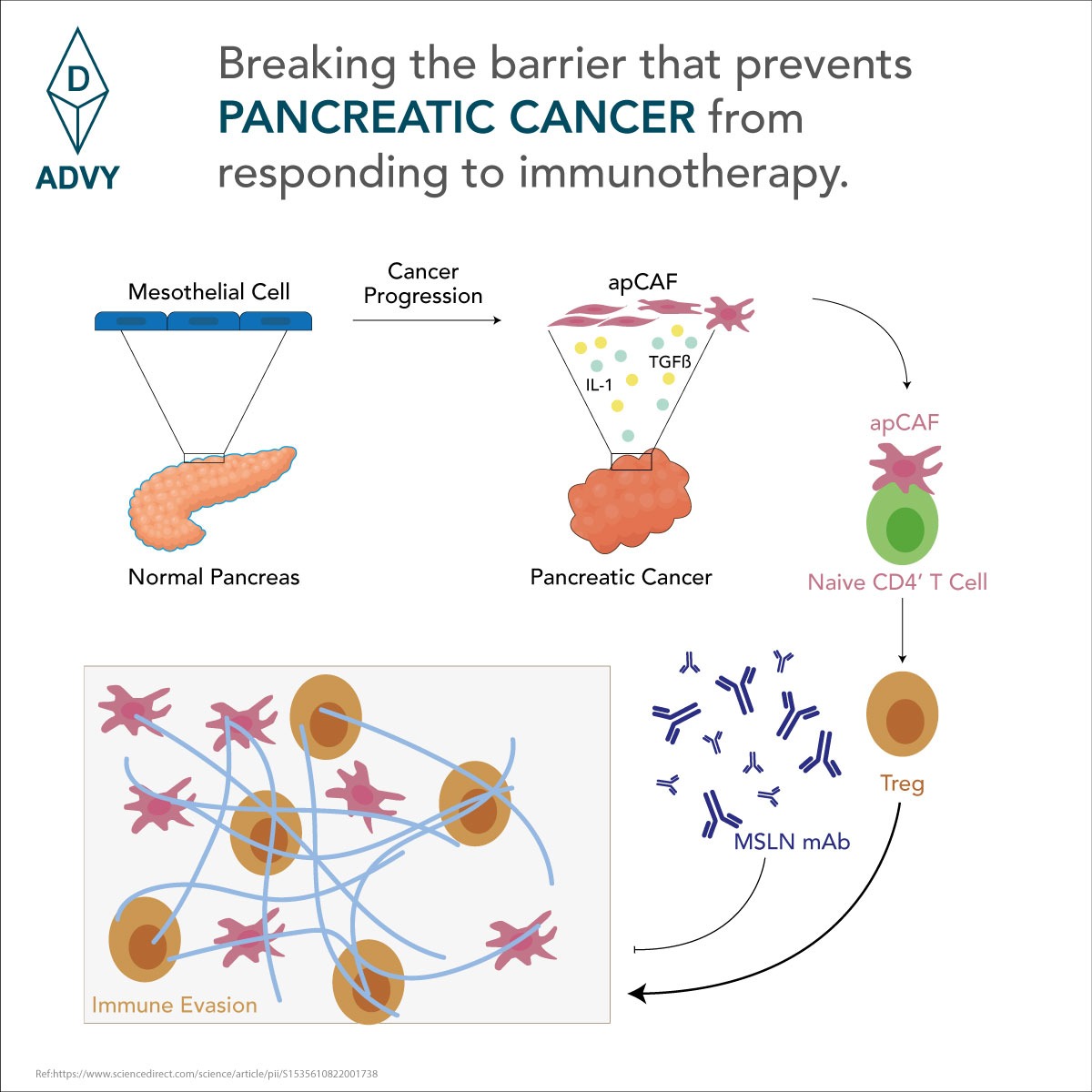Background and aim:
In reference to the article that appeared in Scientific American in August 2018, its findings have a link to several articles, which have been connecting Climate Change to the rapid spread of deadly mosquito-borne diseases such as Dengue.
To help explain the connection, we will expand on an article that recently appeared on CNN in September 2019 – erratic weather patterns have led to unpredictability in the timing and duration of monsoon showers. This has resulted in uncharacteristic dry periods and in the example of India, droughts in certain regions of the country. These uncharacteristic dry spells in between showers, could possibly account for dehydrated mosquitoes, which as per the above Scientific American article, have found to be more aggressive and frequent in their attack. This phenomenon possibly increases the incidence of dengue infection in such regions.

CNN Article that backs up the above linkage –
One recent study suggested that 1 billion more people might be exposed to mosquito-borne disease by 2080 as temperatures continue to rise with the climate crisis.
Dengue-carrying mosquitoes thrive in urban areas and lay their eggs in shallow pools of water, in household containers, buckets, even upturned bottle caps. But environmental changes can affect how quickly viruses replicate in mosquitoes and how long they live, increasing the risk to humans.

As the average temperature increases the survival of mosquitoes and the actual replication of the pathogen with mosquitoes becomes more efficient,” said Dr. Rabindra Abeyasinghe, Coordinator of Malaria, Other Vectorborne and Parasitic Diseases, at the WHO’s Regional Office for the Western Pacific. “So, the mosquitoes only need to survive for shorter periods of time.

CNN Article that backs up the above linkage –
One recent study suggested that 1 billion more people might be exposed to mosquito-borne disease by 2080 as temperatures continue to rise with the climate crisis.
Dengue-carrying mosquitoes thrive in urban areas and lay their eggs in shallow pools of water, in household containers, buckets, even upturned bottle caps. But environmental changes can affect how quickly viruses replicate in mosquitoes and how long they live, increasing the risk to humans.

Climate change is altering weather patterns across the globe. Seasonality is changing, we’re having less predictable extreme events,” said Dr. Rachel Lowe of the London School of Hygiene and Tropical Medicine.

Lowe said that these changing patterns can cause the dengue season to shift “making it harder to know when and where an epidemic might occur.”
2019 is also an El Nino year, a weather phenomenon that heats up the atmosphere and changes circulation patterns around the globe — and the usually rainy Southern Asia becomes abnormally dry and experiences droughts.

Syd Daftary, Director, Advy, said “The scattered showers not only provide multiple opportunities for mosquito breeding and therefore, prolonged survival of mosquitoes, but the uncharacteristic dry periods also possibly lead to dehydration in the living mosquito populations, which in turn, lead to more aggressive and frequent attacks on human beings as per the study that appeared in Scientific American.

As the planet gets warmer, scientists say, mosquito-borne diseases will continue spreading farther north. A recent study found that rising global temperatures caused by the climate crisis could see the female aedes aegypti mosquito which carries dengue — along with other diseases such as chikungunya, yellow fever and Zika — migrate to areas where it was not endemic before, with Europe, the US, East Asia and parts of central America, East Africa and Canada seeing large increases in risk.”
Reference:
1. CNN
2. Scientific American





